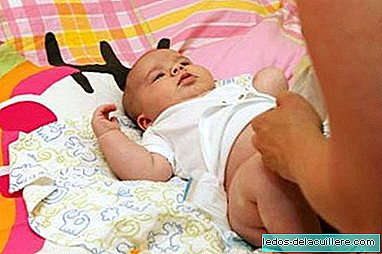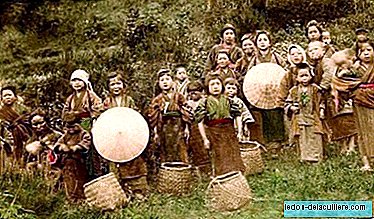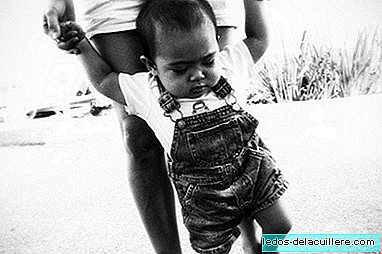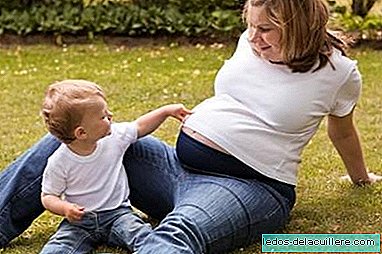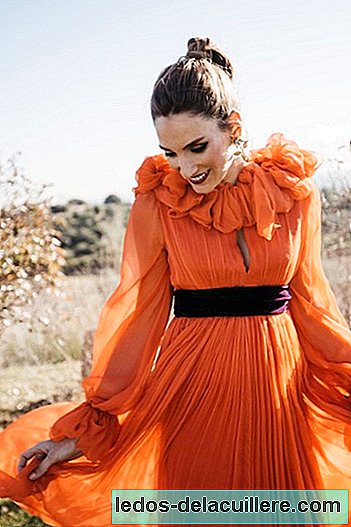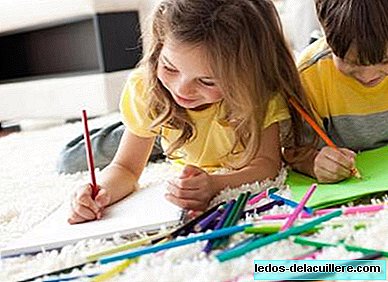A baby does not see in the same way as an adult does, since the child's visual development evolves as the cerebral cortex receives the appropriate stimuli. During the first year of life, the baby's vision develops progressively and will continue to do so, although to a lesser extent, over the next few years.
A study published in the journal Current Biology reveals that a 5 month old baby is able to see things that you don't see, because until that age, because they have not developed perceptual constancy, babies can detect subtle differences between almost identical images that adults are not able to perceive.
As a team of psychologists led by Jiale Yang of the University of Chuo in Japan has investigated, the perceptual constancy of our visual system allows us to easily appreciate the color and material of the objects despite the changes that occur depending on the lighting and point of view.
This visual function is not yet present in young children, making them able to perceive minimal differences that are invisible to adults.
Babies see all the differences, and then the brain learns to ignore some so that we can recognize the same object as immutable in many varied scenarios. When perceptual constancy arises, the ability to detect these differences is lost., which however are very notable for small babies.
Find the differences
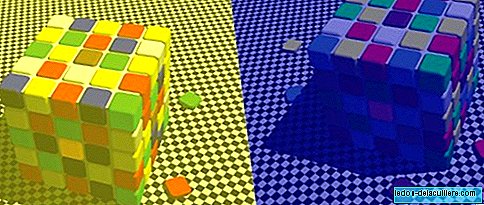
If you look at the red tiles of the Rubik's cube above exposed to different illuminations they seem the same to the naked eye. The brain interprets them as red chips illuminated by light, either yellow or blue. But in reality, if we look at them in isolation, the ones on the left are orange and those on the right are purple.
This is a concept of perceptual record, a mechanism that allows recognizing the same object in different environments and under different lighting conditions.
Babies see all the differences, and then the brain learns to ignore some so that we can recognize the same object as immutable in many varied scenarios. When perceptual constancy arises, the ability to detect these differences is lost., which however are very notable for small babies.
Which images are more similar?

Now with the snails. If you had to choose the two most similar images, which ones do you choose? A and B, right? Well, a baby of 3-4 months believes that images B and C are the same, since although the same brightness confuses us in A and B, they are very different in terms of pixel intensity.
The study was carried out with 42 babies between 3 and 8 months, who were taught modeled images from 3D objects such as snails that you see above. Since babies cannot describe what they see, the team observed the time they were looking at each image.
"It is commonly believed that this high-level visual function is acquired through postnatal learning, based on previously developed low-level functions, such as image differentiation. However, we have shown that before developing perceptual constancy, Babies 3 to 4 months old have a surprising ability to differentiate slight changes in an image due to lighting that are not noticeable for adults, "the experts explained.
Before developing perceptual constancy, around 3-4 months of age, babies have a amazing ability to discriminate image differences due to lighting changes, which are not important for adults.
By 5 months they lose this ability and later, to 7-8 months of age develop the ability to discriminate surface properties such as glossy vs matte that remain until adulthood.


